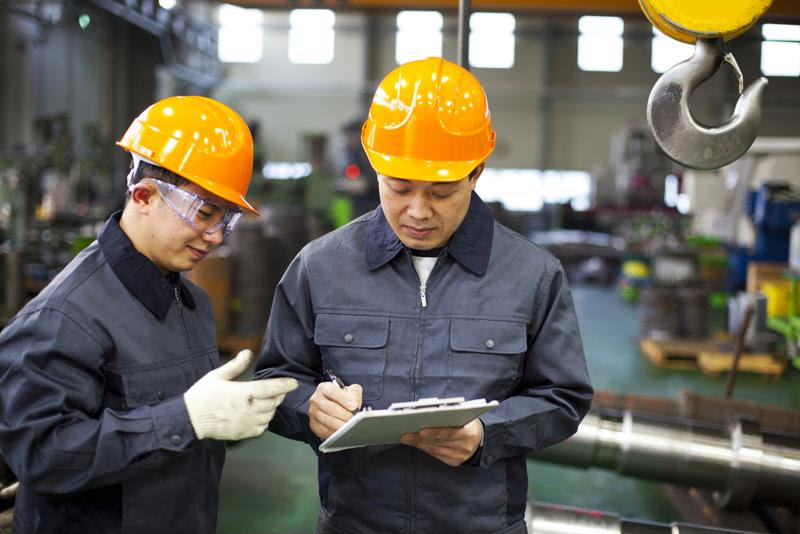Supervision excellence in manufacturing
Manufacturing excellence starts with the right people, especially at the management and supervisory levels.

What does supervision in manufacturing entail today?
The supervisors and managers who oversee a team bear an outsize responsibility for keeping the company culture strong and ensuring other employees are on board with best practices. The following are a few of the team supervision and management priorities that are especially relevant in today’s manufacturing sector, a space defined by efficiency and change.
Threats to productivity
The overall state of manufacturing is strong today, at least compared to the recent past – optimism is on the rise, and companies are hoping for sustained growth. Personnel problems, however, can limit the effectiveness of any plant. Manufacturing Business Technology contributor Andrea Olson recently noted that while 93.3 percent of leaders polled by the National Association of Manufacturers like their outlook for 2017, there are problems lurking beneath the surface.
What kinds of issues could weaken companies? Olson named stagnant company culture as one potential risk. Organizations that are run by sets of outdated policies rather than employees who are able to change-up their style and adapt to new conditions could fail to capitalize on new opportunities. Furthermore, Olson warned that companies not focusing on engaging their employees, recruiting new talent or letting their workers grow are in danger of suffering long-term problems.
The threat implied by all of Olson’s warnings – the aforementioned two and many more – is that manufacturing is an industry in the midst of serious change. Internal and external expectations are evolving at a rapid pace. Organizations that don’t have engaged and adaptable personnel and the policies to guide them may fall by the wayside.
The supervisor’s role
American Machinist used a specific example to show how skill-intensive manufacturing companies are dealing with the shortage of experienced personnel with the abilities needed to fill their roles. These companies are developing young and talented new recruits with the help of engaged supervisors. The machinist in the example stated that his supervisors have played a key role in encouraging his development.
The supervisors described working alongside their teams rather than remaining remote. They are eager to help and sensitive to the needs and potential of their subordinates. This extends to the foreman, who leads the team in an efficient and effective manner. While American Machinist spotlighted one shop, the example has universal implications: In an industry with skills shortages, supervisors are the ones who are on the front lines of talent development.
 What makes an effective supervisor?
What makes an effective supervisor?Dealing with the team
Managers within manufacturing organizations have a host of different employees to oversee. The ways they deal with these workers could determine the future of the organization. Discipline, rewards, motivation, team building – all of these concepts are in supervisors’ and managers’ hands. In a column for the Association for Manufacturing Excellence, AME regional board director Anne Graham described the different types of personalities leaders will encounter – and the methods they’ll have to use to deal with them.
Some members of the team don’t need that much help. These “racehorses” are the ones who begin with motivation and a positive attitude. As long as they have support and know their work is appreciated, they’ll help the company succeed. Other kinds of employees may need much more than simple support, however. For instance, some workers get the job done but have attitude problems – “showhorses” rather than “racehorses.” Then there are the “plowhorses” who are good additions to the team in terms of motivation but don’t produce high-quality work.
A great manufacturing supervisor will wrangle the various kinds of personalities and skill levels that make up their teams. Choosing mid-level leaders who are capable of team management is one of the most impactful decisions overall facility owners will make.
The right set of skills
Supervision is a combination of soft skills – a way with communication, an ability to build trust – and more specific knowledge of a company, its people and industry best practices. Rather than a laser focus on any particular area, supervisors should be familiar with a broad range of competencies, ready for many different situations.
Company leaders can help their supervisors settle into these roles with training, such as the courses available from MasteryTCN. From the principles of leadership to safety management and more specific skills that set the manufacturing space apart, classes can set new leaders up for success. For instance, a course on the people management basics of supervision can help individuals reach their potential. Companies are embodied by people, and employees are empowered by their leaders down the chain of command.
Source